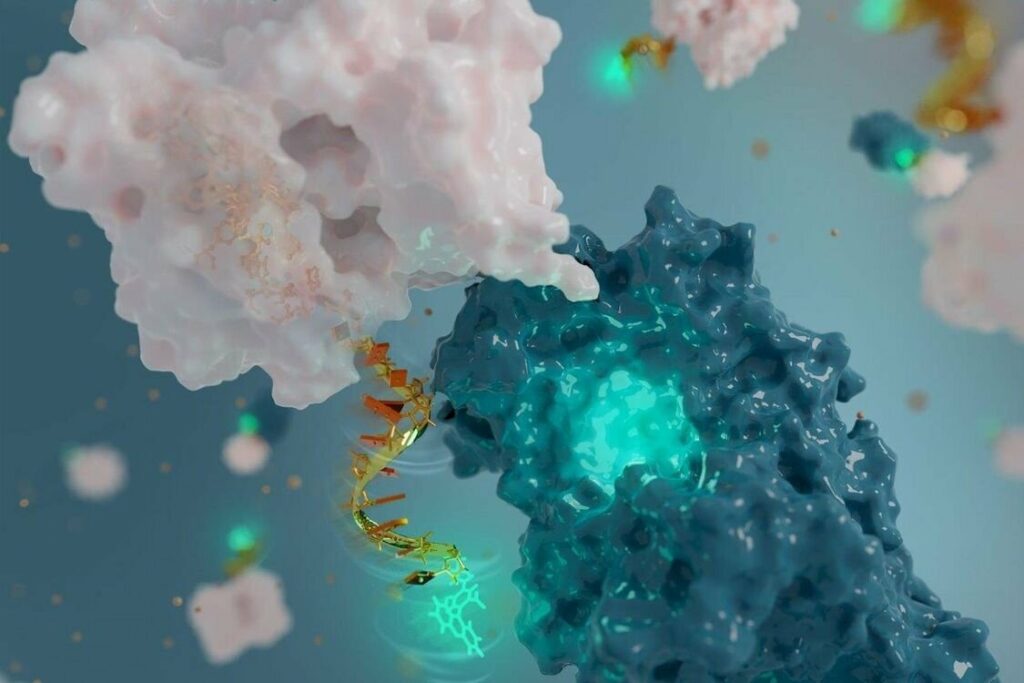MI weekly selection #451

Fossil dating method points to earlier human emergence
Humans were likely around about 36,000 years earlier than previously though. Researchers calculated the age of fossils found in Africa using the single crystal argon-argon dating method, analyzing pumice and ash left behind by ancient volcanic eruptions upon which the fossils were resting.
Supernovas responsible for star-making bubble
Researchers have calculated that at least 15 supernovas created a cosmic void known as the Local Bubble, outside of which thousands of new stars have been formed. “Astronomers have theorized for many decades that supernovae can sweep up gas into dense clouds that ultimately form new stars, but our work provides the strongest observational evidence to date in support of this theory,” said Catherine Zucker, lead author of the study in Nature.
DNA used to create smallest antenna
Synthetic DNA has been used to create a nano-sized antenna that tracks changes in protein structure. The antenna is able to monitor how proteins interact with drugs and molecules in real-time, researchers say.
Tides may have thrown exoplanet into football shape
Astronomers monitoring the massive exoplanet WASP-103b with the CHaracterising ExOPlanet Satellite, or CHEOPS, have noticed it is shaped more like a football rather than a sphere. The unusual shape of the planet may be the result of extreme tidal forces caused by how close it is to its home star.
Medieval fighters’ warhorses were small in stature
Warhorses ridden by medieval warriors were more the size of modern ponies than today’s steeds. Nearly 2,000 bones from the time period were examined and measured by zooarchaeologists, who found that many of the warhorses were diminutive in stature, unlike the large animals depicted in artwork of the time.